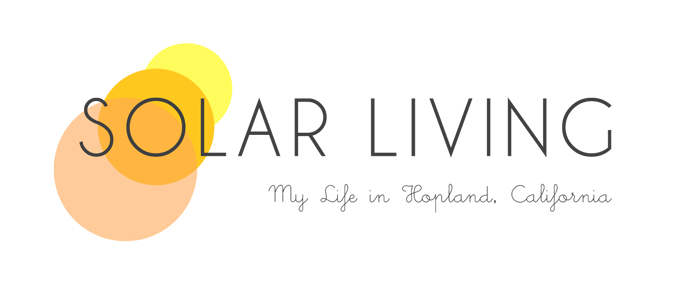
Making cob with clay, sand, and straw...

Retrofitting an old shower house with earth plaster...

Outdoor lecture with Massey Burke...

Cob stomping party!

Cuatro and Massey discussing the benefits of earth plaster...

Applying the first coat of earth plaster to the cob bench...
As such, it was a dream come true to spend a whole week at a natural building workshop with Massey Burke, Co-founder of the natural building company and school Vertical Clay in Berkeley. The retreat was held at Ingel-Haven Ranch in Potter Valley, a gorgeous 5th generation family ranch that I blogged about a few postings back. The eco-ranch was the perfect setting to experiment with different natural building techniques.
Massey defined natural building as “the art of building durable things with biodegradable materials” and discussed the many environmental, economic, and aesthetic benefits of using local, biodegradable materials to build natural structures. From an environmental perspective, natural buildings have low embodied energy, meaning that little to no energy is required to produce the materials used to create the structure. Second, natural building can be a form of waste reduction, particularly in straw bale and cob structures that use straw (a waste product) as the main building material. From an economic perspective, natural building is often the most affordable option, since most of the building materials can be sourced from your own property or the local area. From an aesthetic standpoint, natural building materials lend themselves to infinite creative variability, producing unique shapes and patterns that are unattainable with most conventional building materials. And last but not least, natural building is a great way to bring together your friends and family to "raise the walls" so to speak, and for this reason is often praised for its community-building potential.
Throughout the week, we turned theory into practice by using natural materials from on-site to build a large community bench and to retrofit an old shower house. The bench was constructed mainly of cob, which is a combination of clay, sand, and straw – the same three materials that are used to make adobe bricks. In both cases, the sand functions as the aggregate that provides compressive strength (resistance to weight forces); the straw functions as the fiber that provides tensile strength (resistance to pulling forces); and the clay functions as the binder that holds it all together. These three basic materials translate into a plethora of natural building styles: cob, adobe, straw bale, rammed earth, wattle & daub, earth bags, and earth ships!

What a fun workshop! Straw bale houses are a simple and efficient way to lower our impact on the earth. It's great to see people and organizations actively supporting and teaching sustainable building practices. Thank you so much for sharing. :)
ReplyDeleteI did some building with cob a few years ago and loved it. I think this type of construction is especially beautiful because we are so physically involved with the process. Glad you liked it to! Thanks for spreading the word.
ReplyDeleteWhat do you think about residential straw-bale construction in urban settings? realistic? why don't we see more if it?
ReplyDeleteFantastic! People need to know more about sensible solutions to many of our more easily-solved problems - poor design.
ReplyDelete